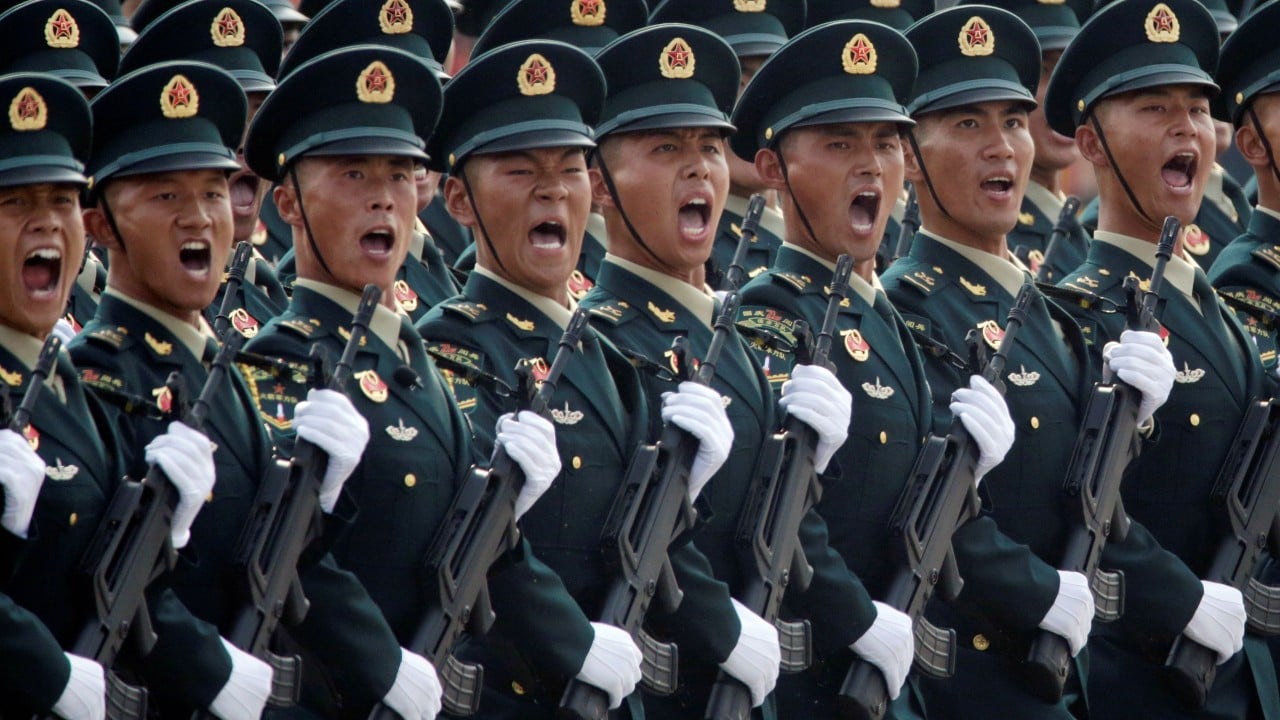
US-China partial decoupling is inevitable, and must be carefully managed to minimise disruption
- In a US election year with the global economy battered by Covid-19, deteriorating relations between the two biggest economies have little hope of being mended
- Given the political realities, constructive dialogue won’t be possible until after a newly elected US administration is inaugurated in January 2021
As 2020 commenced, White House political calculations on trade, China and President Donald Trump’s re-election campaign appeared firmly on track. The three-step political strategy was clear. First, present China as a country which has broken trade rules for decades, taking advantage of the naivety of previous US administrations to achieve its unprecedented economic rise.
Second, after pursuing a “get-tough” policy, including substantial punitive tariffs, conclude a phase-one trade agreement that obliges China to significant purchases of US products. Third, as US exports to China surge in the run-up to the election, position the US-China trade relationship as yet another “problem” that had been “solved” by Trump, and reap the political pay-off.
The strategy was entirely plausible from a purely political point of view. But the coronavirus pandemic has now completely upset the political apple cart, forcing an abrupt change in course.
This would require a 41 per cent increase in US exports to China, but in the first quarter of this year, US exports to China actually dropped by 10 per cent compared with 2019.
China is now front and centre in the 2020 presidential campaign. White House trade adviser Peter Navarro has even gone so far as to say that the election will be “a referendum in many ways on China”.
While the US is losing friends, China must do better at winning them
What does the political chessboard now look like? Since China is unlikely to live up to its obligations, the phase-one trade agreement can no longer be presented as a success story. Worse yet, a “failed” agreement with China would make the president look guilty of the same gullibility of which he has accused previous administrations and would constitute an unacceptable political liability.
China fits the bill. Trade war-related economic distress in the politically crucial Midwest has been compounded by high unemployment brought on by Covid-19. At the same time, there is virtually no significant political constituency in the US today (and certainly not in the handful of swing states that will decide the election) advocating for positive, proactive engagement with China.
China should rein in ‘wolf warrior’ diplomats and let its actions talk
Trump’s presumptive challenger for the White House, former vice-president Joe Biden, has attacked Trump for his “tough talk, weak action” on China, while Trump, a notorious political counter-puncher, has taken to referring to his opponent as “Beijing Biden” in political ads, and slamming him for his opposition to the administration’s early decision to suspend flights from China. The net result is that both candidates are trying to outflank the other in showing “toughness” with China.
Political calculations, public health fears, economic recession, broken trust and rising nationalistic antagonisms are a combustible mix that rarely produces enlightened policy decisions. Yet this is the cauldron we find ourselves in today.

04:12
Are Xi Jinping’s China and Donald Trump’s US destined for armed conflict?
The timing could hardly be worse. It has become increasingly clear that the level of deep economic integration that has taken place between the US and China over the past two decades is no longer sustainable. The optimism that accompanied China’s accession to the World Trade Organisation in 2001 now seems, with the benefit of hindsight, to have been unrealistic.
The challenge is to successfully manage the partial decoupling, which would limit disruption and still allow for a level of integration that is economically and strategically sustainable.
Given the political realities, don’t expect to see constructive dialogue until after the newly elected administration is inaugurated in January 2021. In the meantime, the risk of a sharp deterioration in the bilateral relationship is probably higher than at any other time since the re-establishment of diplomatic relations in 1979.
For the remainder of the year, the best we can hope for is a holding pattern that limits unnecessary collateral damage. Cooler heads in Washington and Beijing need to work below the political radar to temper extreme policy options and keep the focus on successfully managing a challenging but necessary partial economic decoupling between the two countries.
Stephen Olson is a research fellow at the Hinrich Foundation
Help us understand what you are interested in so that we can improve SCMP and provide a better experience for you. We would like to invite you to take this five-minute survey on how you engage with SCMP and the news.

